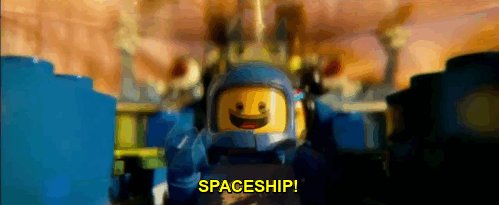Yeah, the Transplanted Humans trope has been done to death. It was the foundation of the Stargate franchise, and it's the flipside of the equally hackneyed Ancient Astronauts trope that was the basis of both Stargate and the original Battlestar Galactica. Honestly, I'm surprised that Star Trek: TOS only used it once as an explanation for one of its many Earth-duplicate cultures (the "American Indian" planet in "The Paradise Syndrome").
There's also the rather odd variant of Iain M. Banks's Culture universe. The main characters in the Culture stories are mostly "human," but they're not Earth humans, they're a mix of a few alien species that coincidentally evolved humanlike forms, and that have been part of the Culture for ages by the time they first discover Earth in the 20th century (and embed observers among us clandestinely for a while before revealing themselves). That's a common enough cliche in older prose SF and in SFTV/film, but it's always surprised me to see it in something as modern, original, and hard-SF as the Culture series.
There's also the rather odd variant of Iain M. Banks's Culture universe. The main characters in the Culture stories are mostly "human," but they're not Earth humans, they're a mix of a few alien species that coincidentally evolved humanlike forms, and that have been part of the Culture for ages by the time they first discover Earth in the 20th century (and embed observers among us clandestinely for a while before revealing themselves). That's a common enough cliche in older prose SF and in SFTV/film, but it's always surprised me to see it in something as modern, original, and hard-SF as the Culture series.


